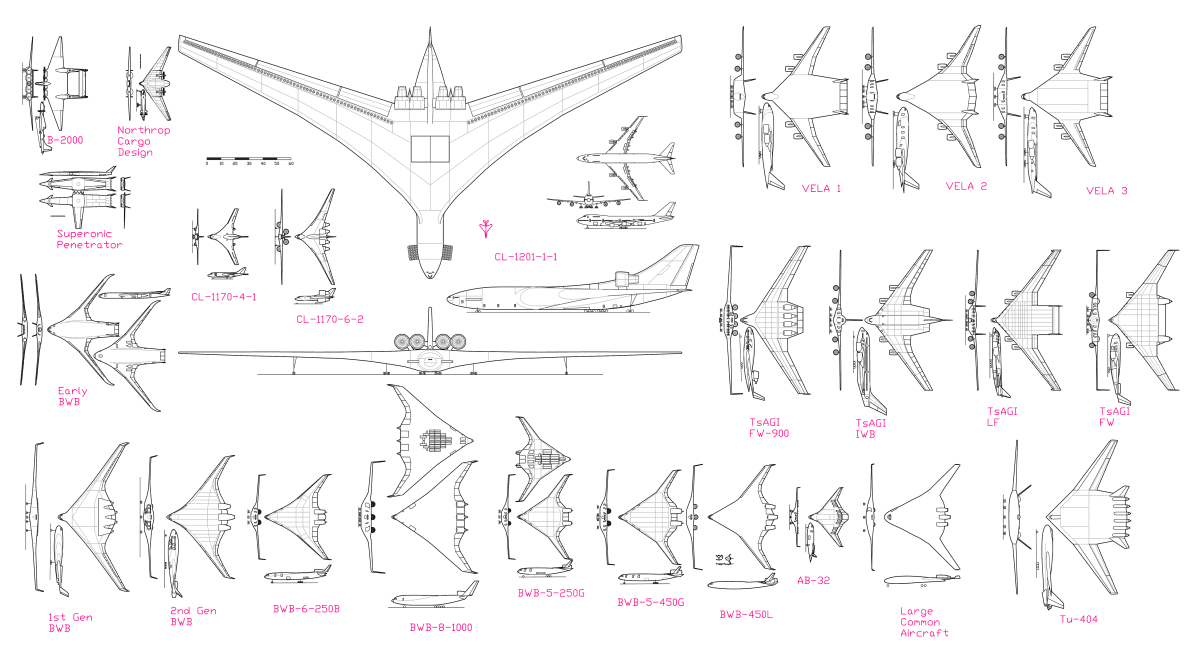KJ_Lesnick
ACCESS: Top Secret
- Joined
- 13 February 2008
- Messages
- 1,042
- Reaction score
- 114
Anyone got any pics of NASA's Cruise-Efficient STOL design?
KJ_Lesnick
KJ_Lesnick
overscan said:Video here:
http://www.youtube.com/watch?v=Sa-w6M5UR5U

The Cruise Efficient Short Take-Off and Landing (CESTOL) aircraft and Civil Tiltrotor (CTR) are two examples of powered-lift aircraft concepts that are of interest to NASA. These concepts will be able to utilize the shorter unused or underutilized runways and corresponding airspace at the crowded hub airports and many unused airfields and airspace that currently exist in other expanding urban areas providing additional capacity to the airspace system and reductions in congestion and delays seen in the current system. By treating the use of CESTOL and CTR as critical components that supplement other green aircraft to be used in the overall airspace system, the efficiency and improvements gained by the entire system will offset the potential increased fuel usage and emissions that may be a result of providing short field capability to the powered-lift aircraft. My presentation will address how NASA and the aerospace industry may identify, analysis, and finally implement these powered-lift aircraft into the airspace system and improve the capacity and reduce delay, while obtaining an overall reduction in noise, fuel usage, and emissions.
Video produced by the FAA-led Joint Planning and Development Office, responsible for overseeing modernisation of the US national airspace system, illustrating how NextGen technologies are intended to help the traveller. The aircraft is a NASA Cruise-Efficient Short Take-Off and Landing (CESTOL) concept intended to use smaller runways at metroplex airports.
